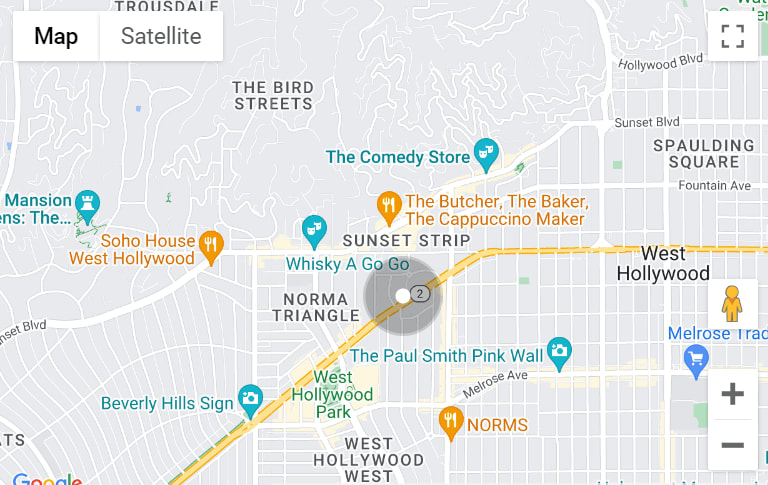
-
Address
2324 30th Street
San Diego, CA 92104 -
Kim Hawley
On September 16, 2021, in a bipartisan effort to increase California’s housing supply, streamline the process for cities to zone for multi-unit housing, and ease California Environmental Quality Act (CEQA)
restrictions, Governor Gavin Newsom signed Senate Bills 9 and 10 which go into effect January 1, 2022.
SB 9 - CALIFORNIA HOUSING OPPORTUNITY AND MORE EFFICIENCY (HOME) ACT
• Allows qualifying urban lots to be split into a maximum of two residential units within a single-family residential zone (SB 9 allows for the split of 1 residential lot into 2. With existing law, each of those lots can have 1 Accessory Dwelling Unit (ADU) for a potential of 4 units total)
• Criteria include, but are not limited to:
» Proposed development would not require demolition or alteration of housing subject to low-income restrictions
» Proposed development would not require demolition of more than 25% of existing exterior structural walls, except as provided
» Proposed development is not located within historic district or designated as a landmark
• Applicant for urban lot split must sign an affidavit stating that they
intend to occupy one of the housing units as their principal residence for a minimum of 3 years from the date the split is approved.
• Expiration date for an approved or conditionally approved tentative map for an urban lot split is extended by SB 9.
• There are restrictions as to how the proposed development can be built, such as the size and location of the proposed development.
SB 10
• Allows a local government (including charter cities) to adopt an ordinance to zone any parcel located in a “transit-rich area” or “urban infill site” for up to 10 units per parcel at a height specified by the local government in the ordinance.
» For a parcel to qualify as being in a “transit-rich area”, the parcel must be within one-half mile of a major transit stop or on a high-qualify bus corridor (a fixed route bus service with qualifying times and intervals, as further defined in the bill).
» For a parcel to qualify as being in an “urban infill site,” it must be:
- A parcel located in a city that includes some portion of urbanized area or urban cluster as designated by the U.S. Census Bureau
- A parcel in an unincorporated area located wholly within the boundaries of an urbanized area or urban cluster
- A parcel in a site where 75% of the site’s perimeter adjoins parcels that are developed with urban uses
- A parcel in a site that is zoned/has a general plan for residential use or residential mixed-use development with at least 2/3 of the square footage of the development designated for residential use
• Allows a local government to adopt said ordinance before 1-1-29. On or after 1-1-29 no more ordinances can be adopted. An ordinance already in existence on 1-1-29 may continue to operate beyond 1-1-29.
• A zoning ordinance adopted under these provisions would need to have clearly demarcated the areas subject to the ordinance and been consistent with the city or county’s obligation to further fair housing.
• A zoning ordinance under these provisions is not authorized for parcels located within sites with a very high fire hazard severity zone, as determined by the Department of Forestry and Fire Protection, unless the
proposed site has adopted fire hazard mitigation measures.
• Once an ordinance is adopted under these provisions to increase the number of units allowed on a parcel within a qualifying site, the adopting local government shall not subsequently reduce the number of units allowed on that parcel by the ordinance.
For a complete explanation of these bills, please visit: https://leginfo.legislature.ca.gov